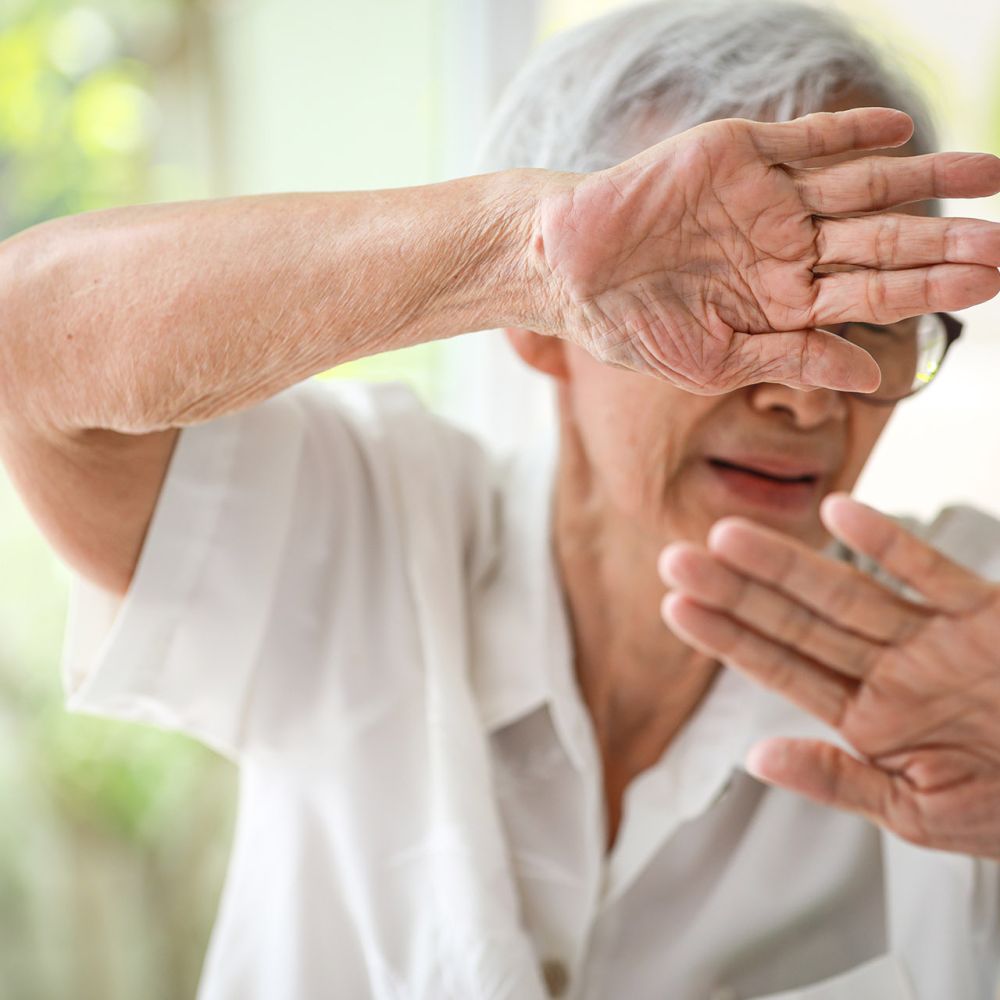
What is Physical Abuse?
Physical Abuse: the intentional use of physical force that results in acute or chronic illness, bodily injury, physical pain, functional impairment, distress, or death. Physical abuse may include, but is not limited to, violent acts such as striking (with or without an object or weapon), hitting, beating, scratching, biting, choking, suffocation, pushing, shoving, shaking, slapping, kicking, stomping, pinching, and burning.
Maltreatment of the Elderly
Elder maltreatment falls in the category of physical abuse, according to the US Centers for Disease Control and Prevention. It is defined as any type of abuse or neglect that is perpetrated against those individuals who are 60 years of age or more.
Physical abuse against the elderly may be perpetrated by an acquaintance, doctor, nurse, caregiver, family member or another individual in the life of an elderly person. According to the US National Committee for the Prevention of Elder Abuse (NCPEA), most perpetrators of elder physical abuse are unemployed, single and live with the elder in their own home.
While neglect is the most common form of abuse in the elderly at fifty-five percent, about 1.5 percent of abuse is of the physical type. This statistic may not seem daunting at first, but it still involves thousands of elderly people each year.
Preventing Physical Abuse against the Elderly
Elder physical abuse can be prevented by staff at a nursing facility, staff at an assisted living facility or family members of the elder. Family members should visit the elder frequently and should take note of patterns of behavioral and social behavior that indicate the possibility of abuse.
The elder’s physical condition should be monitored so that the risk of physical abuse is diminished. It is okay to talk with the elder to find out their concerns. Family members should also pay attention to any medications the elder is taking.
The elder can also prevent abuse against themselves. They should stay in touch with family and friends and keep track of their finances as much as possible. If the individual feels that he or she is being abused, it is important to talk to someone about it or to report it to the authorities

If you need help
Visit One Place Family Justice Center at 530 S. Lawrence Street, Montgomery, Alabama or call 334.262.7378 or if you are in immediate danger Call 911.
